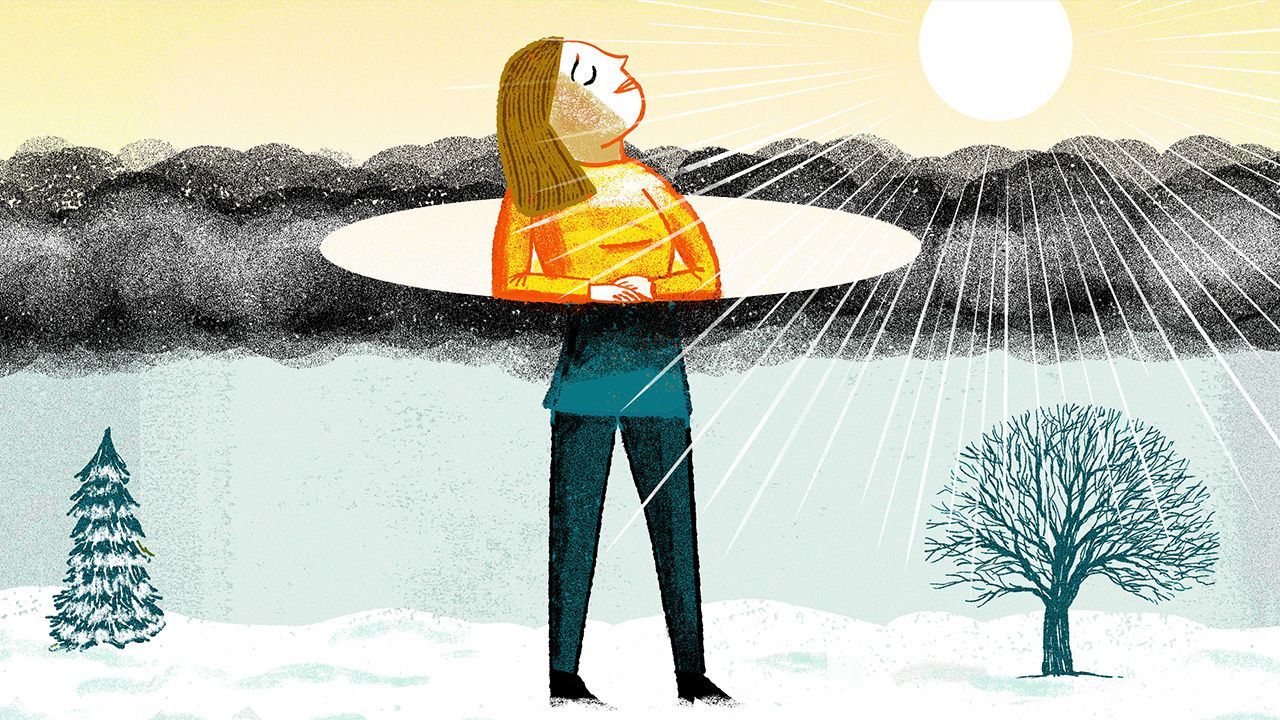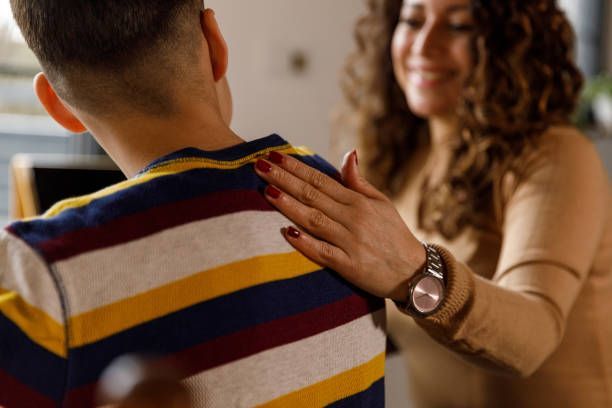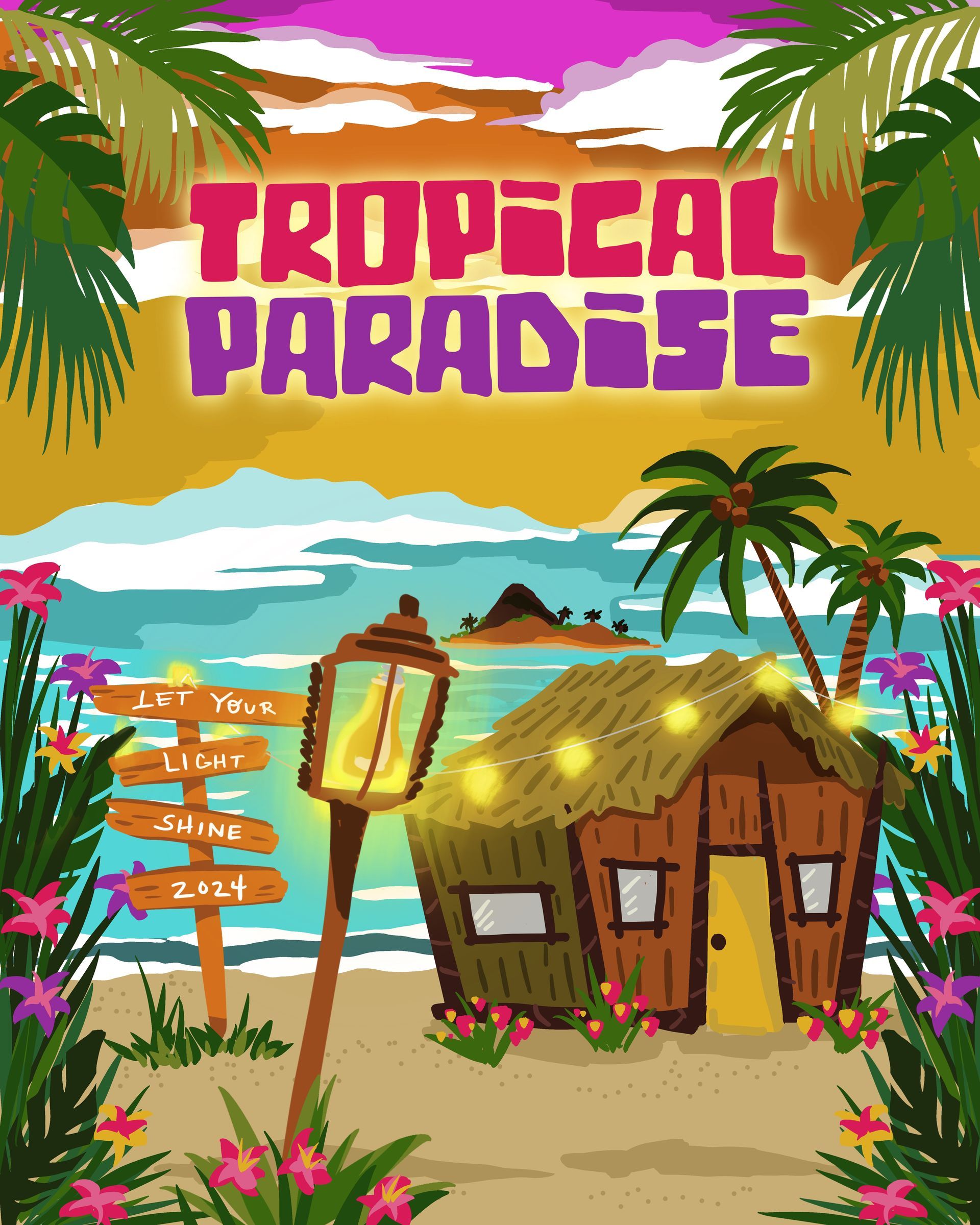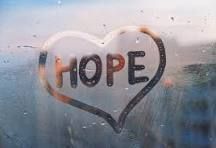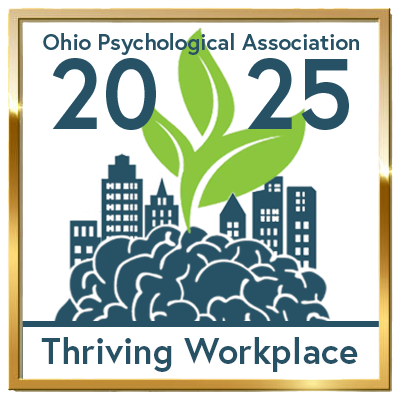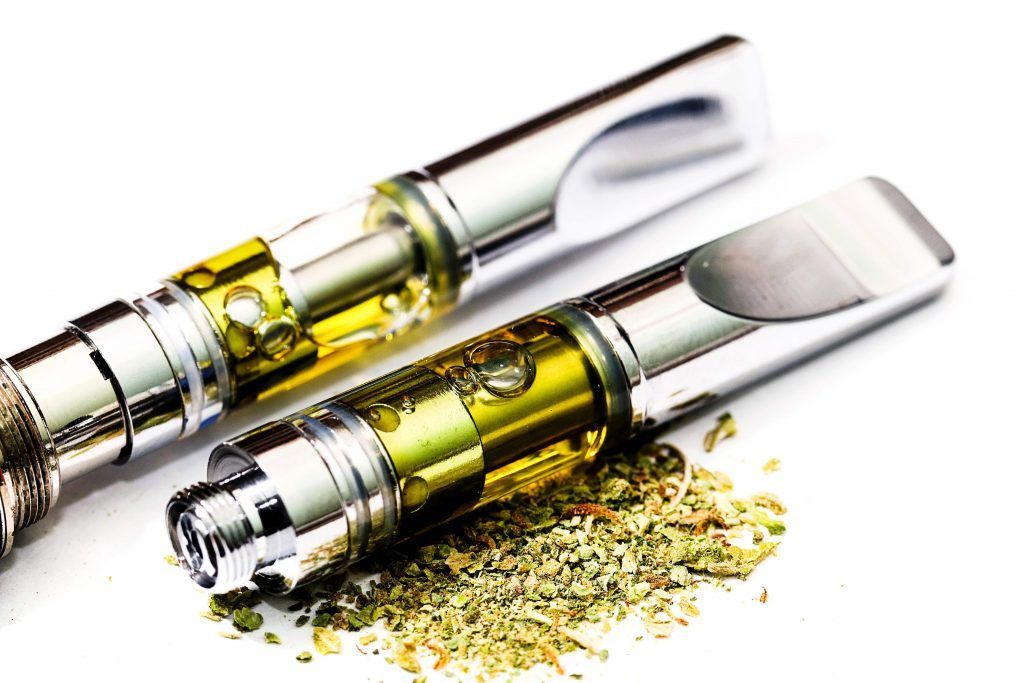
I recently attended the 2022 Cannabis Summit, hosted by The Ohio State University School of Social Work. One of the presentations was of particular interest in light of Ohio’s ongoing push to legalize marijuana for recreational use. Colorado legalized marijuana for medical use in 2000, medical marijuana became commercialized in 2010 and retail marijuana was legalized in 2012. The seminar, “Colorado Experience with Cannabis Legalization” provided some very interesting data that prompted a response from me. I reached out to Dr. Brad Conner, associate professor and director of the addictions program at Colorado State University. Dr. Conner’s interview will be shared in an upcoming post.
The two master’s level presenters from the Marijuana Health Monitoring Program provided some pretty fascinating scientific findings on the health effects of marijuana use in Colorado for the past eight years. In accordance with Colorado Revised Statutes 25-1.5-110 Monitor Health Effects of Marijuana, the program follows guidelines to "Monitor changes in drug use patterns, broken down by county and race and ethnicity, and the emerging science and medical information relevant to the health effects associated with marijuana use.” I focused on data related to adolescent use.
The committee looked at four areas related to marijuana: who is using (age, gender, ethnicity, county), how they are using (vaping, smoking, dabbing, ingesting), how often they are using, and are they following safe practices (safe storage away from children, not driving while using). Data was gathered from surveys and public health incident reports.
According to the Healthy Kids Colorado Survey, marijuana use with adolescents occurs the highest in 11th and 12th graders and those that identify as LGBT. Data from the January 2022 “Identifying Cannabis-Related Health Outcomes in Colorado” report (https://drive.google.com/file/d/1xlILd5ejEAV73bJK0MMsx_3scnSQLUbr/view), Emergency Room discharges with cannabis-likely attributes were highest for males, ages 13-17, of black race/ethnicity.
Smoking is by far the highest method of use, dabs is second. The presenters reported that marijuana use has not changed much since it was legalized, similar to national levels. Storage was not mentioned for youth however, it was noted that youth are at a higher risk of using if parents have the belief that marijuana is “not a big deal.”
So, what does this information mean for us Ohioans? Legalizing marijuana continues to appear on the ballot year after year. Are we destined to see marijuana legalized for recreational use at some point in the near future?
What would this mean for our youth? The presenters had something to say about these kinds of concerns. First, we were advised to follow evidence-based strategies learned from 50 years of alcohol and tobacco regulation.

Such as, enforcing a strict age limit (21+), limiting hours of operation for dispensaries, prohibiting public consumption, high tax rate and strict licensing and enforcement for dispensaries and offenders. Furthermore, regulations must exist for dispensaries (density and away from schools), packaging cannot appeal to kids, child-proof containers, labeling with health and safety messaging and limits on concentrate purchases.
Dr. Conner had some thoughts along these lines, be sure to look for his perspective in the next post. The state of Ohio has not legalized marijuana for recreational use as of this writing but even if it was, youth are still underage and should not be using marijuana. If you have a young person in your life that is struggling with substance use, please consider contacting Dr. Karita Nussbaum at C&A’s Belden office at 330.433.6075 for an assessment.
This is part one of a two-part series on marijuana usage among teenagers.
Karita Nussbaum , PhD, LISW, LICDC has more than 30 years of experience working in the field of behavioral health, over 10 are with substance use. She is currently the Program Manager for the
Gemini Program which serves both mental health and substance use disorders at
Child & Adolescent Behavioral Health.
RECENT POSTS



